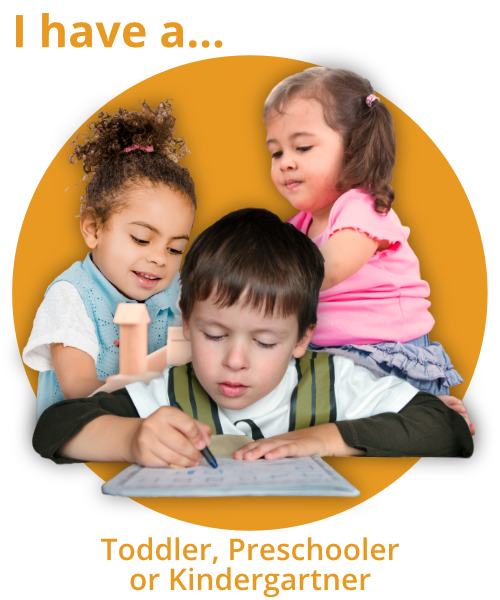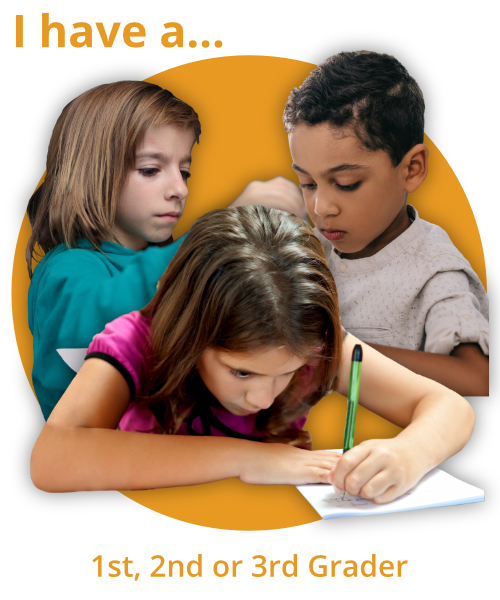Making Music: Tips for Circle Time Success
No one wants to sing a song with a group of squirmy, inattentive, interrupting children. It’s just plain frustrating! Good teachers set the bar high for good behavior, but excellent teachers engage the restless like Mary Poppins with her magic bag.
While there’s no movie magic in real life, effective music strategies and an enthusiastic attitude can work like magic to command the attention of even the wiggliest child. Check out the article “Circle Time Singing Is More Important Than You Think” to learn more about the research behind the magic.
Here are six tips and strategies to get you going.
1. Embrace the Fun
To nurture a love of music in kids, we need to demonstrate our love. Pick a fun song and embrace the silliness. For example, “There Was an Old Lady Who Swallowed a Fly” is nearly a surefire hit. In the song, an old lady swallows a fly, of course, and then goes about swallowing ever larger creatures to catch whatever she ate last. As the creatures grow more and more absurd, so, too, does the hilarity.
The song's simple fun has two hidden teaching objectives – ordering by size from smallest to largest and sequencing backwards. Plus, because it's a cumulative song it has a simple, repeatable structure that makes it great for playing with the lyrics. More on that in #6!
2. Be Expressive
To make the song more interesting, don’t forget to lead with dramatic facial expressions. Make sure to start out smiling and then raise your eyebrows, subtly shifting your face into greater expressions of surprise as the song moves from verse to verse. Peter, Paul, and Mary give a great example.
3. Get Children Into the Action
Adding body movements may strengthen memory and recall the order of the animals. It also calms the spirit. Instead of asking children to sit still while we sing, we should be asking them to sing with their whole bodies. You might make up your own movements (fluttering your hands for “fly” and wiggling your fingers for “spider”) or you might consider using sign language.
4. Make It a Game
If you are singing this as a group, consider choosing several children to represent each creature in the song. At the end of each verse, invite the child representing that verse’s creature to sit with the others in the middle of the circle.
If you are a parent singing at home, consider playing the role of the lady gobbling up the creatures. Your child might squeal with joy as you capture the fly (your child) and, with a little tickle, pretend that it is now in your belly. Depending on the age of the children, you might feel more comfortable with changing the last line to “Perhaps she’ll cry” instead of “die.”
5. Put It Out for Repetition
Singing in a group can be inspiring, and some children may want to repeat the experience later on their own. Put pictures of the different creatures in a basket on the classroom shelf or, if you are a parent at home, in a spot of your child’s choosing.
6. Write a Book
Emergent writers often love scaffolded writing experiences where they are responsible for illustrating on paper and writing a simple word or phrase. Because it’s a cumulative song, “The Little Old Lady Who Swallowed a Fly” is a perfect compliment.
Have children either write the original song or make up their own lyrics (“There was an old lady who swallowed a…porcupine!” (Cue laughter.) If children cannot yet write, encourage the illustrations and do the writing yourself to model.
After everyone who wants to has contributed (or if a child wants to make several pages), staple it into a book and sing it out loud. Because it’s a modified version, it won’t sound like the original, but don’t worry. Just make sure to giggle at each surprising ending.
If you are creating a book with only one child, start with just a few pages and then offer more. Some children will want to create many pages of silly verses.


